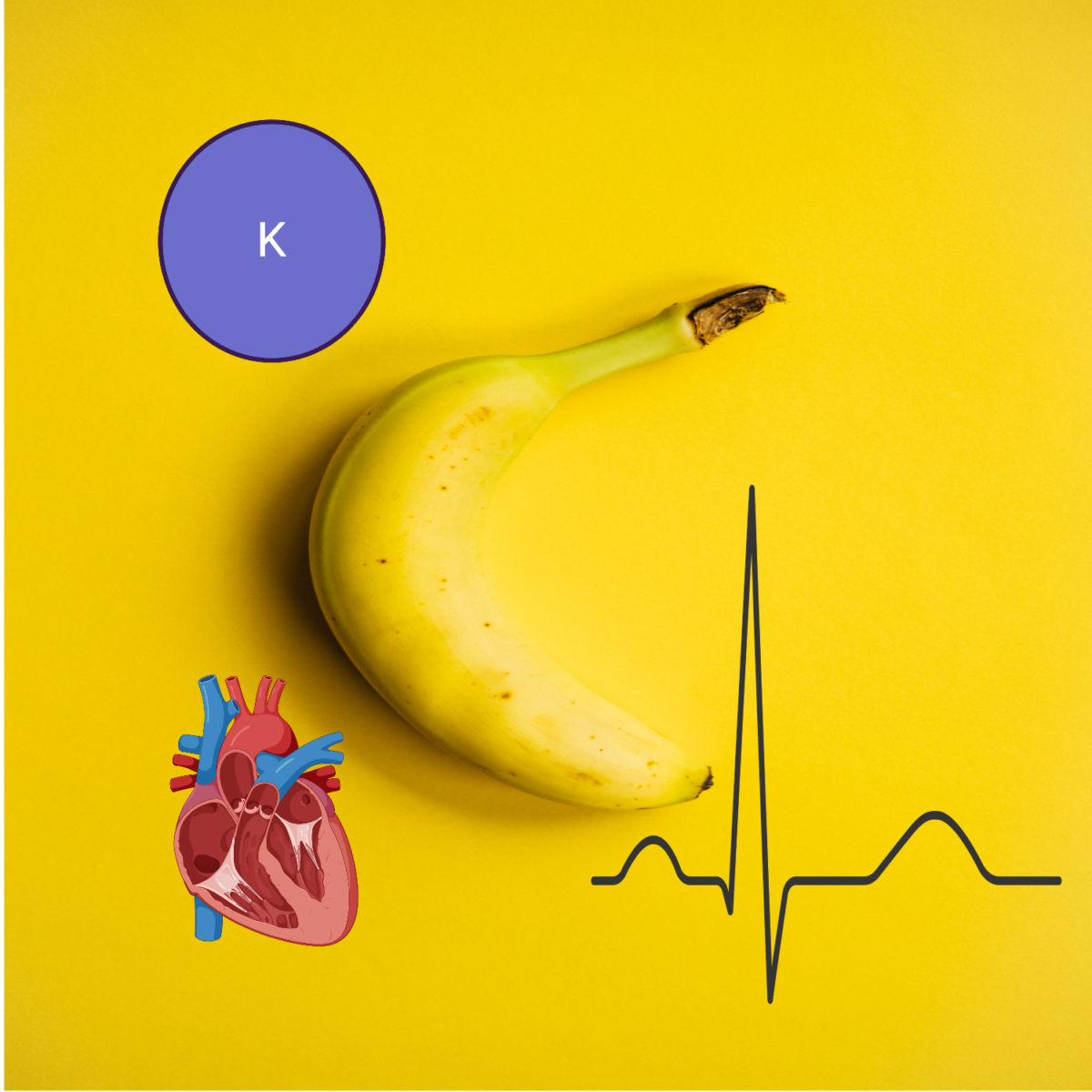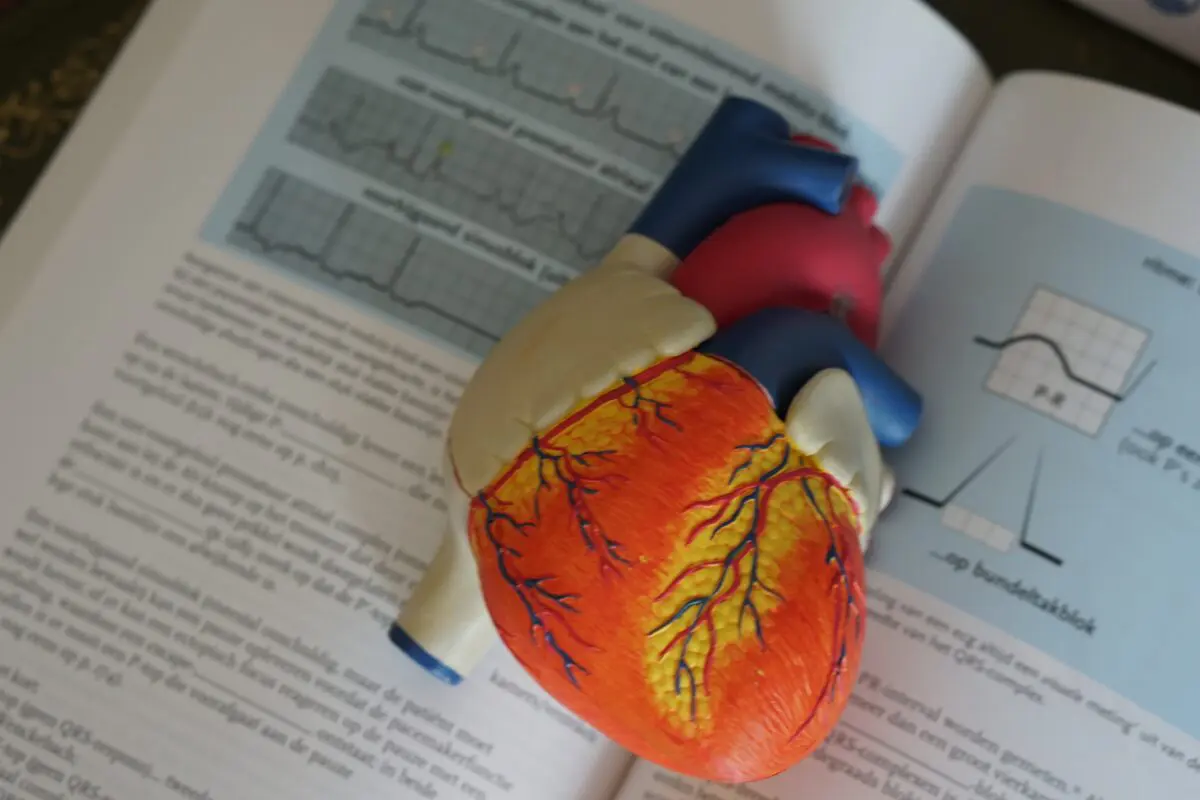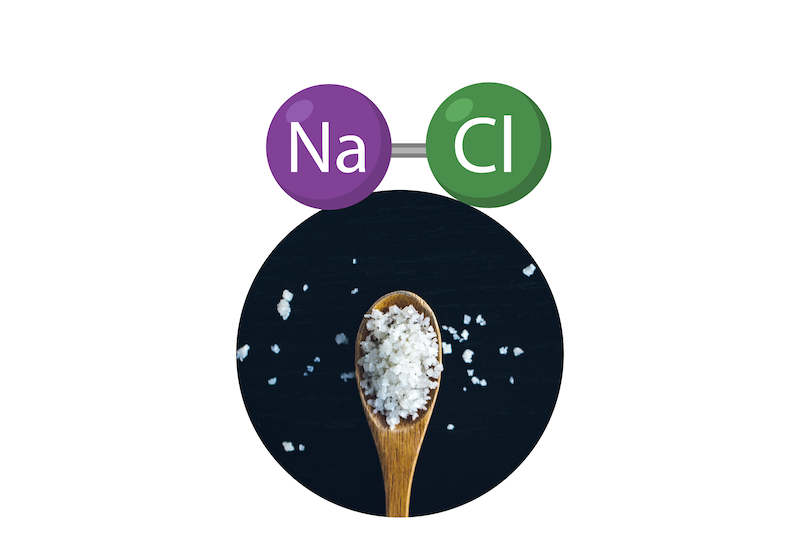Currently, veterinary emergency and critical care practitioners (diplomates, residents and emergency veterinarians) are divided into two camps: those that don’t use artificial colloids and those that do. Each camp has its own arguments in favor or against the use of synthetic colloids (hydroxyethyl starches, specifically). The objective of this blog post is NOT to convince the other party that he or she is wrong and I am right, but an attempt to find out what is true and what to do about it. The reader should understand that there will be a lot of personal opinions in this post, and, as always, I recommend to exercise your critical thinking before taking these statements for granted. Ray Dalio, one of the most successful investors of all times, called this process “thoughtful disagreement”, which is “the process of having a quality back-and-forth in an open minded and assertive way so as to see things through each other’s eyes. This is powerful because it helps both parties see things they’ve been blind to. It also helps to remind people that those who change their minds are the biggest winners because they learned something, whereas those who stubbornly refuse to see the truth are losers. With practice, training, and constant reinforcement, anyone can get good at this”.
Continue reading “Why I don’t use artificial colloids…”





